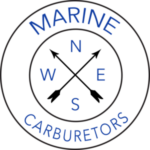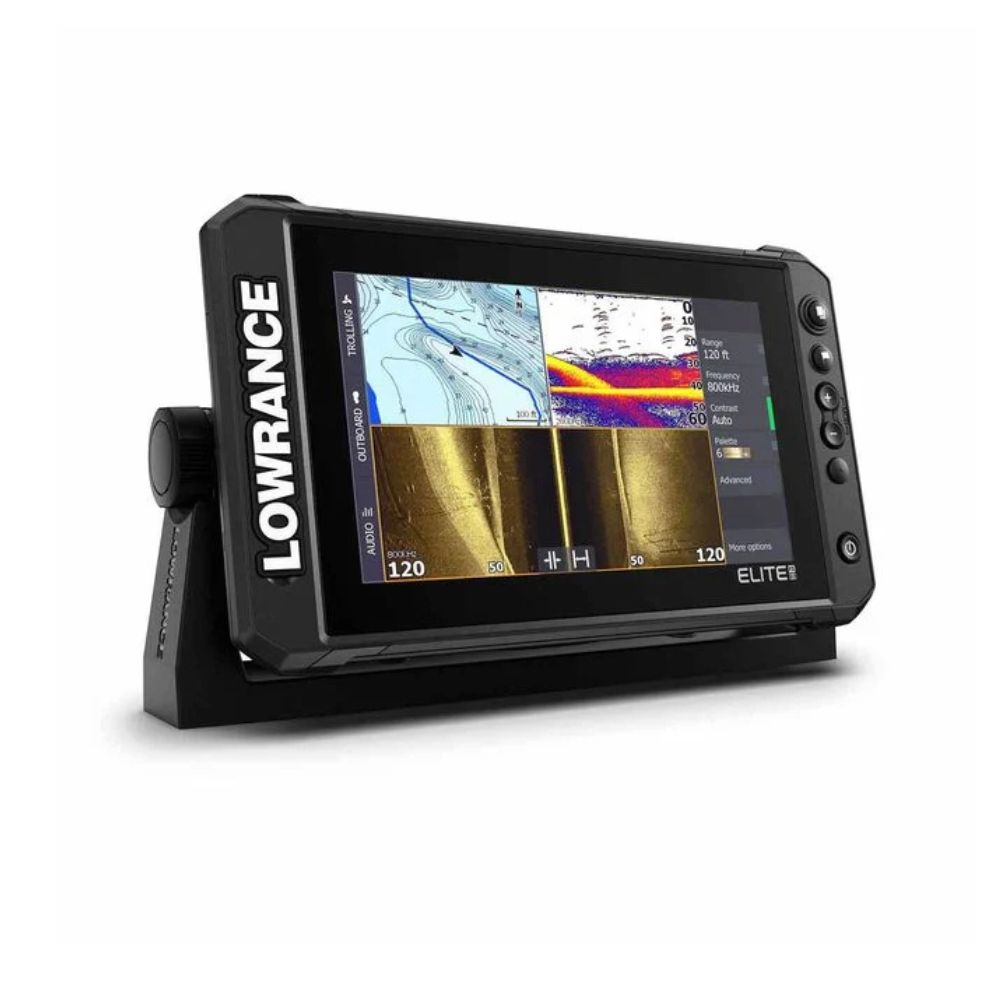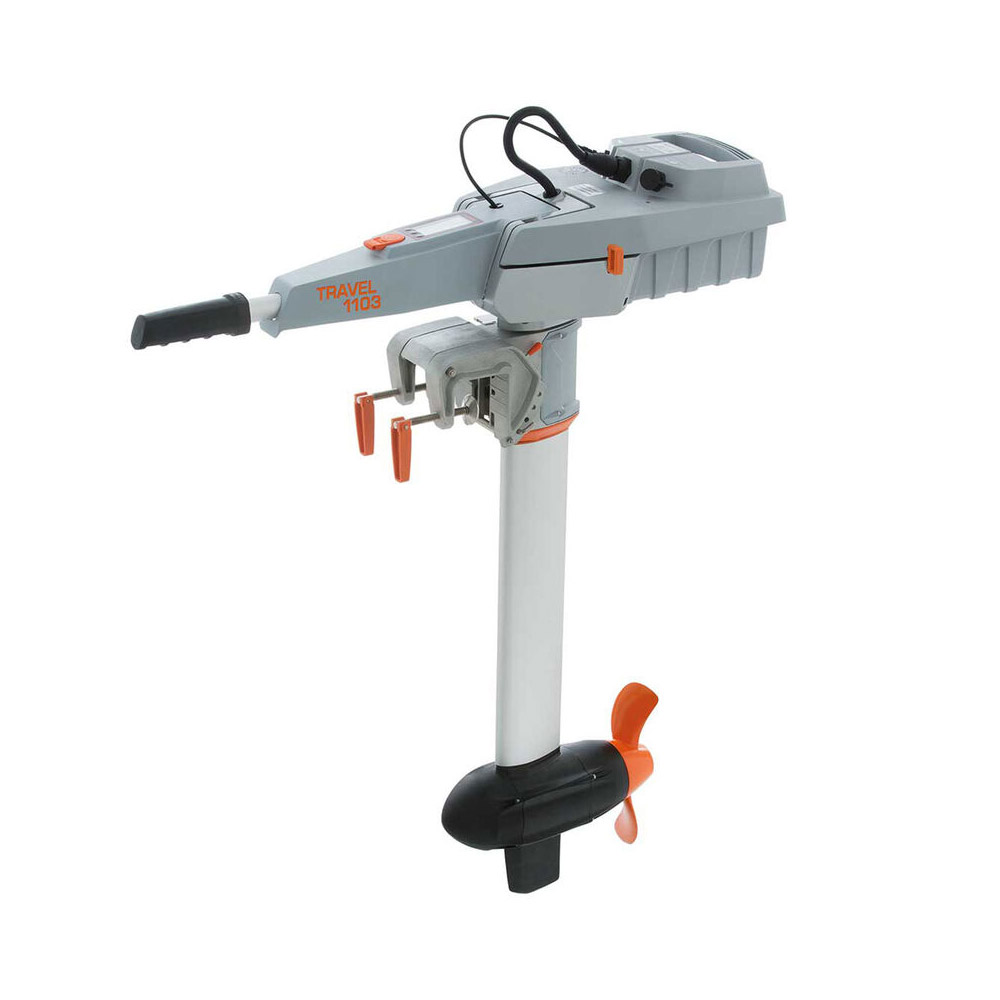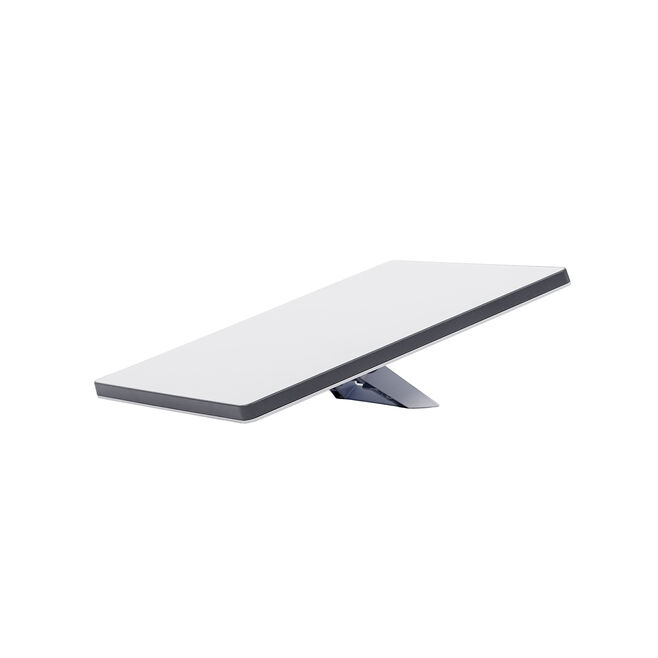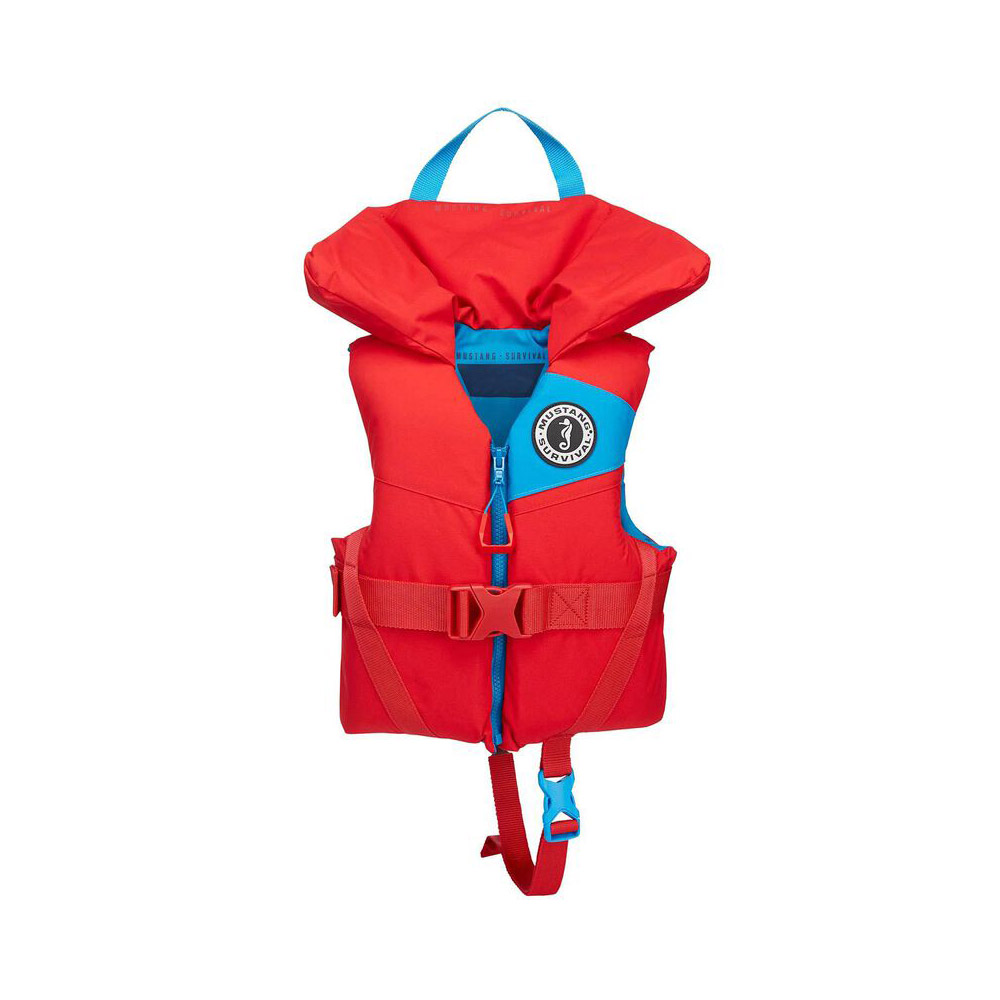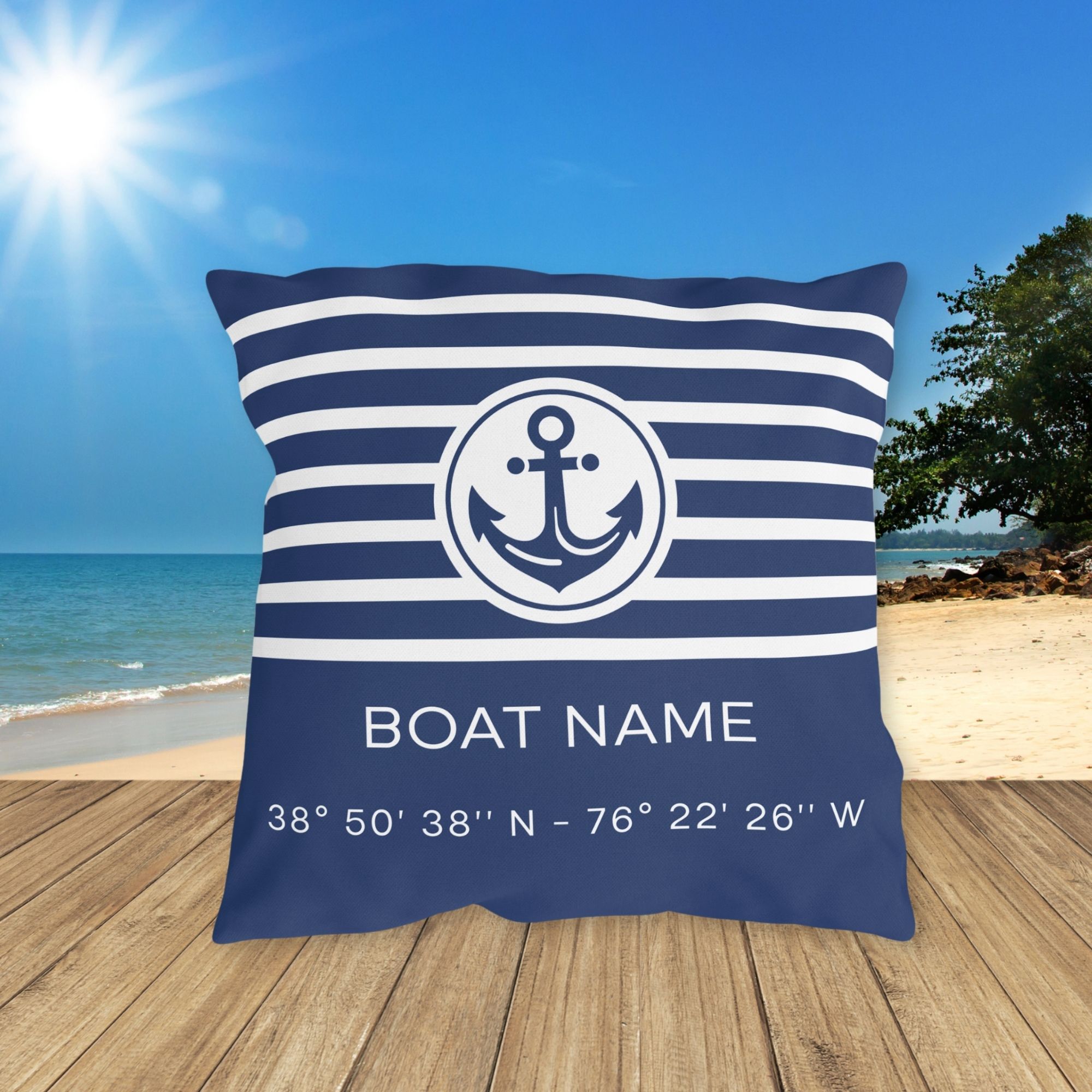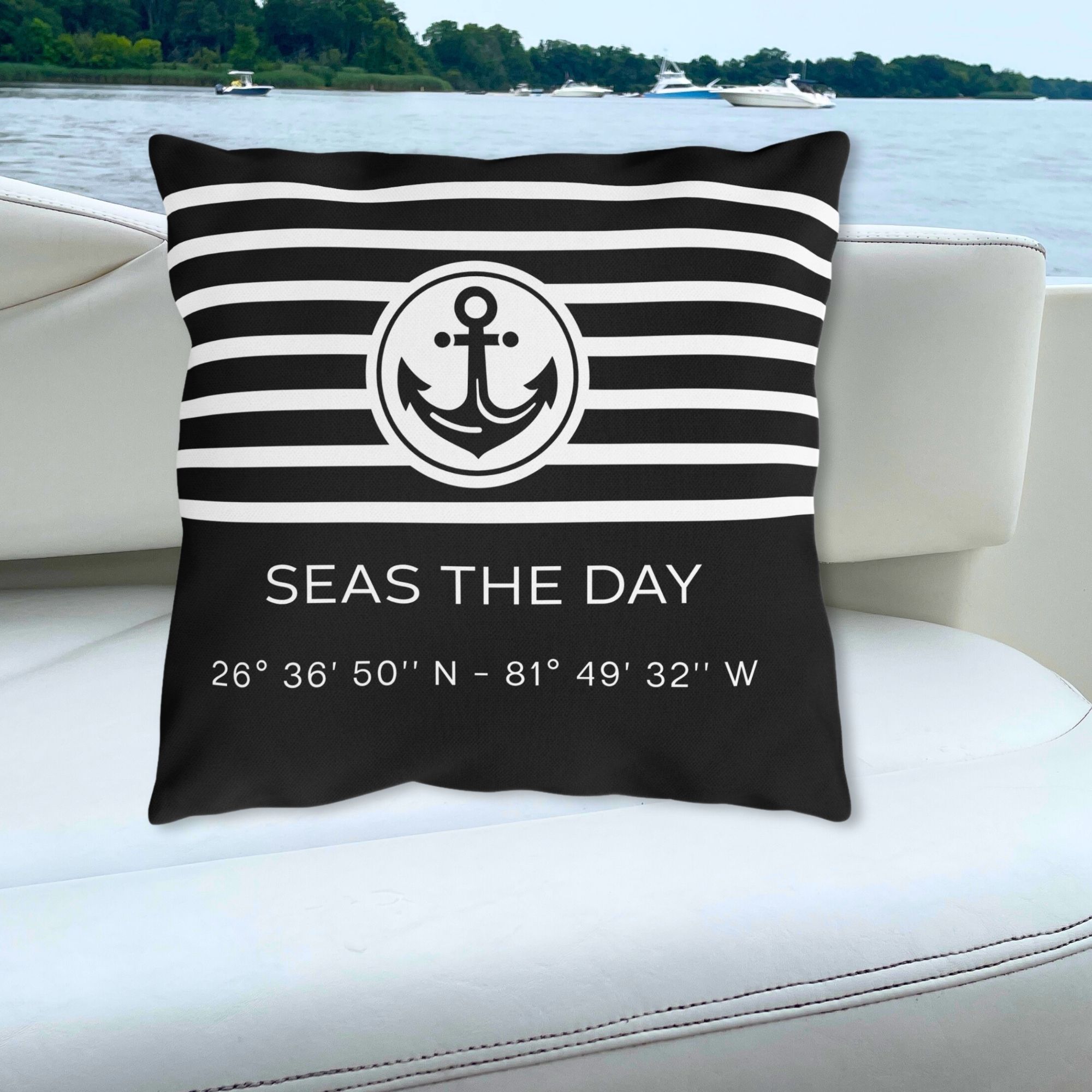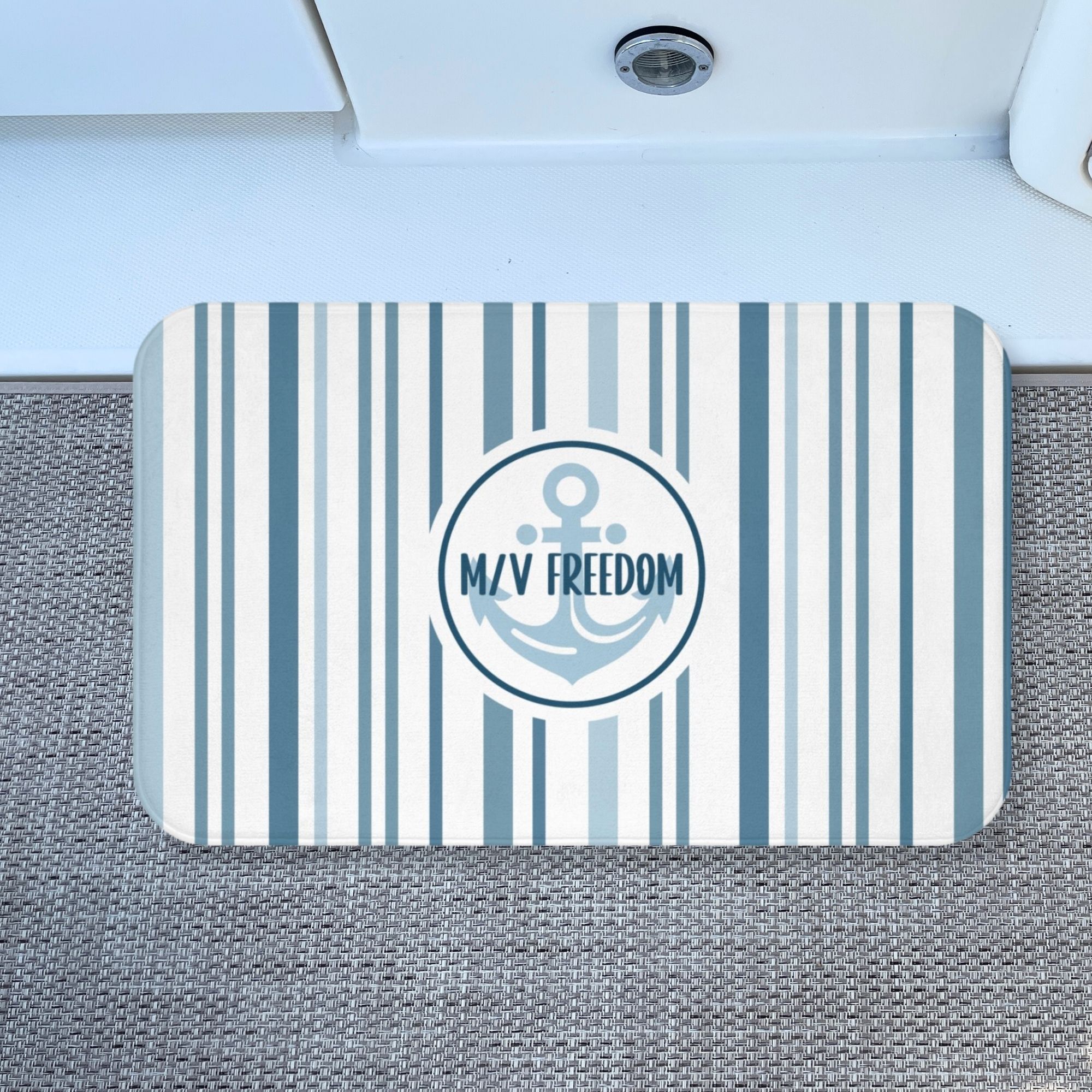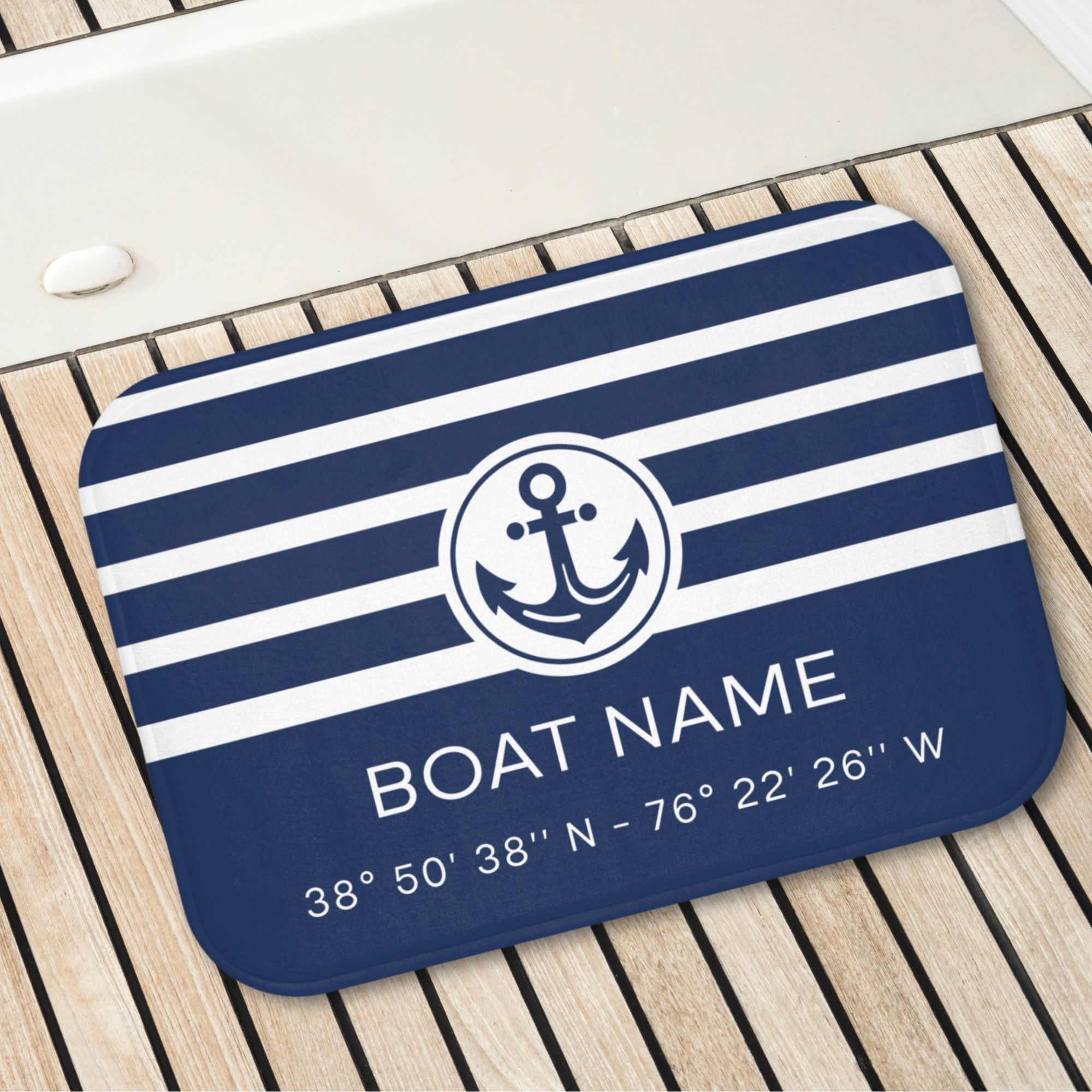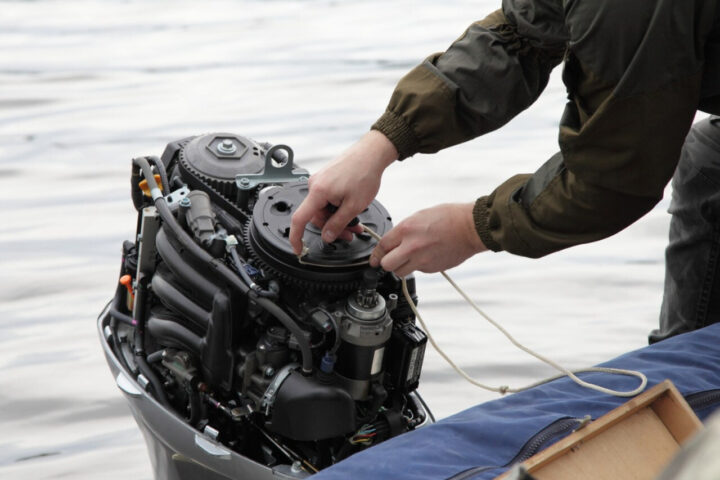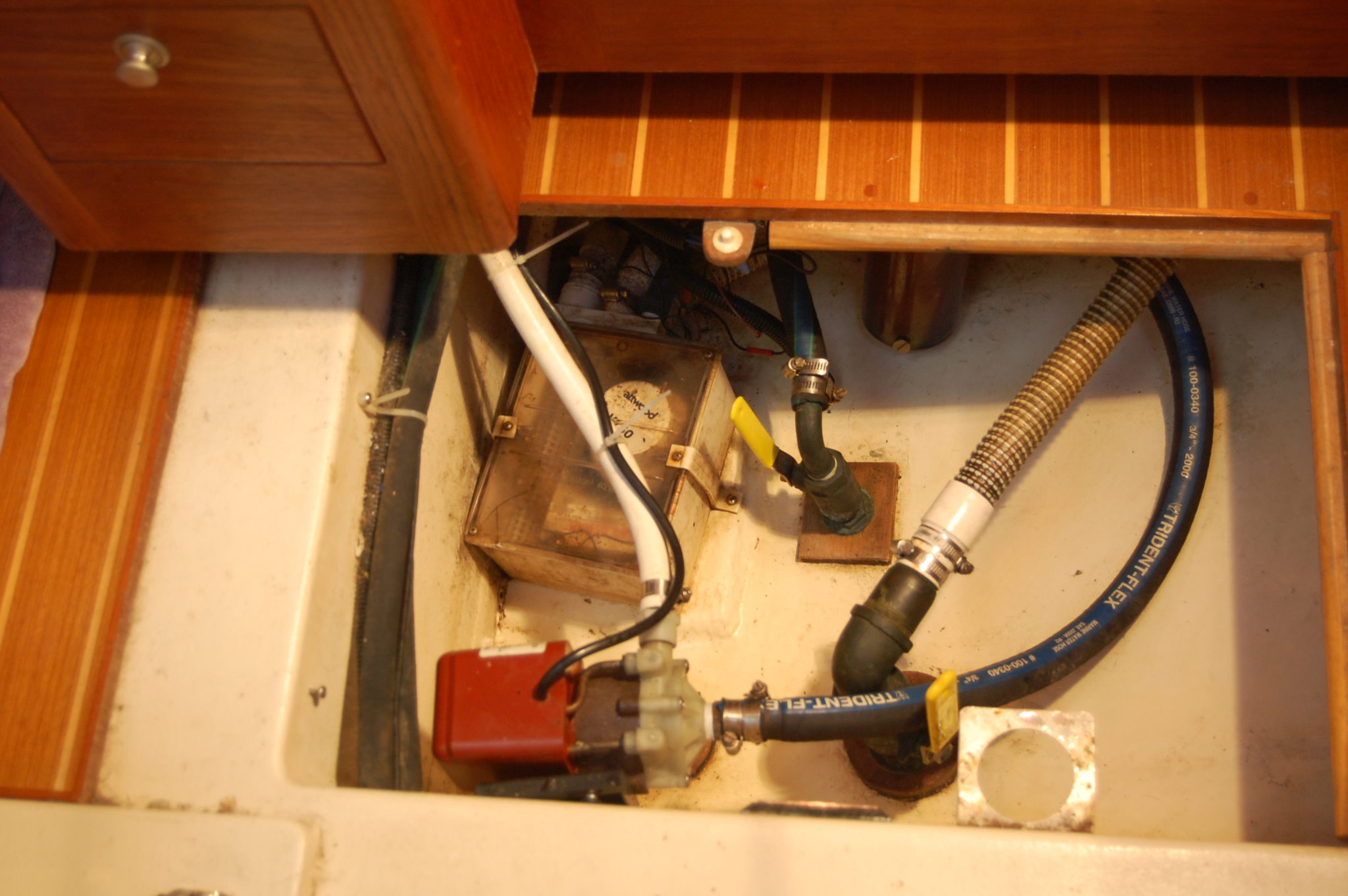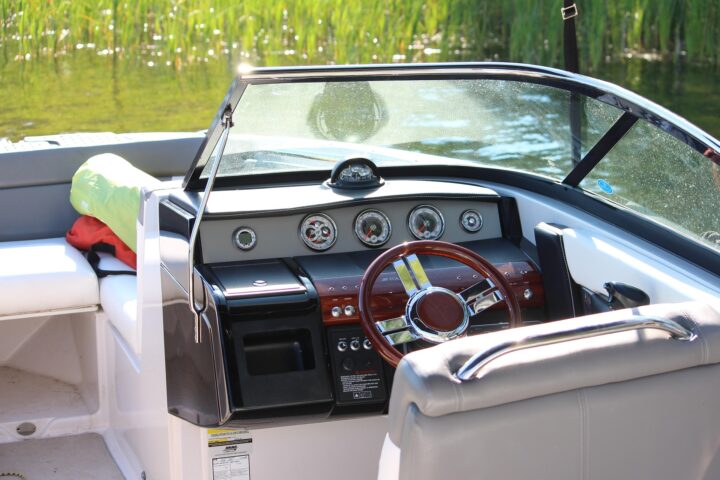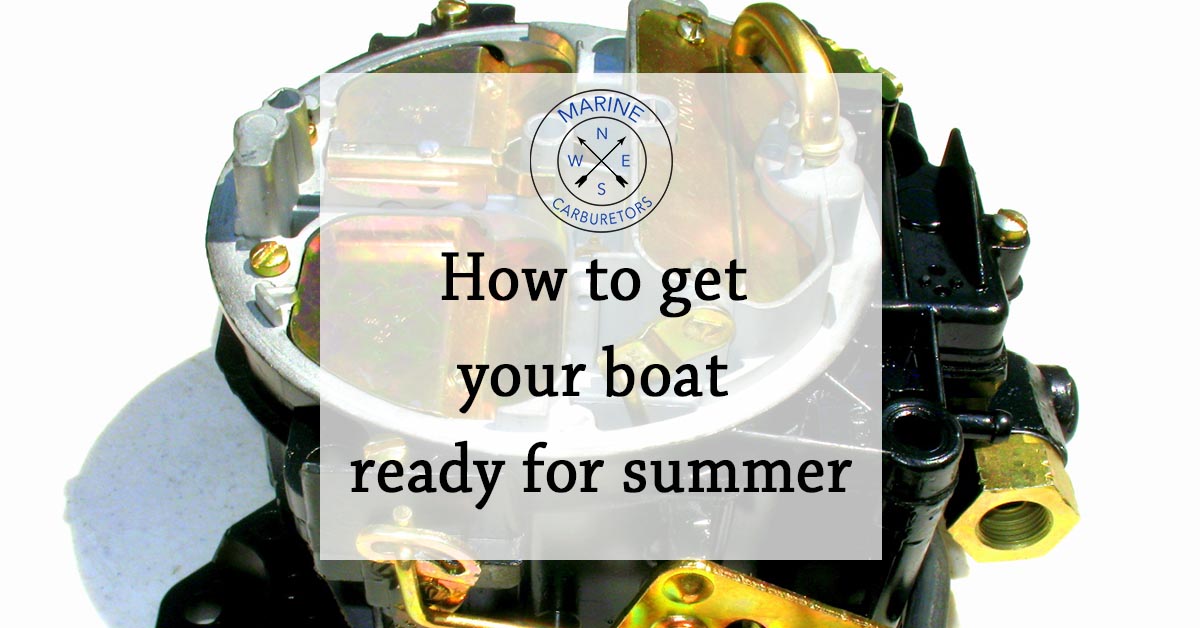
Follow this detailed boat prep checklist to prevent any problems and ensure your boat is ready for the season ahead
SPONSORED POST
MarineCaburetors.com has the biggest selection of rebuilt quadrajet carburetors for multiple marine applications: Mercruiser, Volvo-Penta, OMC, Crusader, and more.
The moment spring dawns upon us, it rings the bell for millions of boat owners that it is time to take their boats out of winter storage. It is a call to put your boat in the water after a long cold winter. Of course, you have been waiting for the air to get warmer and the snow to start receding; all boaters do.
Whether you are a novice or a boat aficionado, it is an annual ritual to prep and clean your boat to help prevent any problems during the summer boating season. Let us share details of how to get your boat in shape for the upcoming summer season.
A Guide to Prep Your Boat for Summer
Summer season is for you to be out and about. As a boater, you must be sailing on water instead of being drowned neck-deep into fixing your boat. However, it is a crucial exercise every boat owner must adhere to. You must wash your boat, top-on all fluids, and oils, and inspect your propellers. Running fresh water through the outboard is a must.
When it comes to the engine, you must ensure to change the following
- Lower unit grease
- Spark plugs
- Waters pumps
- 4-stroke engine oil every 100 boating hours
You must also check the bunks and rollers on your trailer. Make sure that the rollers are spinning freely. You must fix all tears and holes on the bunk carpet. Make it a practice to check your trailer, hull, and props after every run on the water.
Here is a list of some critical inspection tasks and their frequency.
- Oil and Filter Change
You must change your oil and filters every six months or after every 375 boating hours. (Whichever benchmark you reach first) - Fuel Filter
Change these filters every 12 months or after the completion of 100 hours of boating. - Water Pump Service
Service them every two months or after completing 200 hours of boating. - Transmission Oil
You must change your transmission oil once in 24 months or after the completion of 2000 operational hours, whichever benchmark you reach first. - Drive Belt
It should be inspected regularly and changed every 12 months or upon completion of 1000 hours of operation. - Flush Cooling System
This activity can be conducted every 72 months, or upon completion of 6000 hours of operation. However, you need to inspect it for regular maintenance. - Clean Air Filter
Clean them every six months or after 1000 hours of operation. - Steering Cable Grease
You must grease this one up every 12 months. A recommendation is to do so at the beginning of the boating season. - Battery Charge
You can do this either every 12 months or if the battery indicator shows low sign. Sometimes battery charge can drop due to no-use. So, stay on top of this if you do not want to get stuck in the middle of no-where. - Check Prop
This one is a no-brainer. It is a pre and post check for each time you take your boat out for a spin.
Summer Start-up Checklist
Apart from the above mentioned long-term inspections, here is a detailed checklist of what you must do to get your boat ready for summer.
Fuel System
- Inspection of your fuel system for damages, leaks.
- Inspect fuel tank surface, connections, and hoses. Any softness cracks or brittleness on the hoses jeopardizes its structural integrity.
- You must replace components as and when needed; additionally, always ensure that all the clamps, nuts and bolts, are in place securely.
- Ensure the engine, ventilation, and exhaust systems are in working order.
Clean your carburetors thoroughly. When working properly, a marine quadrajet carburetor ensures a healthy fuel economy and emissions for years and avoids problems like hard-hot starting, rough idle, stumble under load, or flooding.
Cables and Belts
- Belts and cables are prone to cracks and brittles during the winter season; therefore, conduct a thorough inspection.
- The belts must tightly fit around the pulleys. It is important to prevent slipping.
- Another sign of a worn-out belt is it will leave black residue around the pulley.
- Swelling on the outer jacket of the throttle, steering control cables can result due to internal corrosion, and may cause imminent failure.
Fluid Levels
- You must always check all fuel levels. It includes power steering, engine oil, power trim reservoir, and coolant.
- Always ensure to change oil filters, drive lubricants, and engine oil in a timely fashion. Especially if these were not already taken care of before you kept the boat way in winter storage.
Electric System
- All electrical systems must be inspected by a qualified electrical technician, preferably someone with experience.
- Do not forget to remove corroded terminals.
- Use a wire brush to clean the terminals and cable ends.
- You must check all electrical connections for corrosion. It can be very detrimental.
- Always charge your battery at the beginning of the season. It is also crucial to have it tested to make sure it can hold a charge in full capacity.
Hulls and Props
These are very important:
- You must conduct a thorough inspection of your propellers for cracks, pitting, distortion, and dings.
- Replace the propeller bearing if needed, and ensure that the propeller is securely in place.
- A damaged prop can result in unwanted vibrations and damage your drive train in the worst-case scenario.
- While you inspect your hull check for cracks, distortions, and blisters, you must clean the hull, topsides, and deck with an environmentally friendly cleaning solution.
Safety Gear
- Check your life-saving gear such as life jackets. Make sure they are in good condition, and most importantly, there are enough for every passenger on board.
- Ensure you have an appropriate life jacket for each passenger on the boat, which means the correct size for their respective bodyweight.
- Consider EPIRB to tackle distressful situations. It makes it easier for the authorities to find you.
- It is always a good idea to take advantage of any inspections offered by agencies, such as USCG Auxiliary, US Coast Guard, and US Power Squadrons.
Speak to Experts
Need help with your marine carburetor? Fixing or maintaining a carburetor is not necessarily hard; however, it’s not a quick DIY project either. Consult with an expert. It’s always easier when you know a bit about the likely source of the trouble from the information above. With over 20 years working on marine carburetors, MarineCarburetors.com can tell you if you need to replace your carb or not, and if so, help you find the right one. Visit their shop MarineCaburetors.com for a big selection of rebuilt carbs for multiple marine applications: Mercruiser, Volvo-Penta, OMC, Crusader, and more.
Warning: Some marine products can expose you to chemicals, including lead, which is known to the State of California to cause cancer or birth defects or other reproductive harm. For more information, go to California Prop 65.
LEARN MORE – Watch this Video!
The spring boat prep steps we take to get our 410 Sea Ray Sundancer ready to launch.
Trending Now: Must-Have Boat Gear for Your Boat Life
-
Lowrance Elite FS 9 Fishfinder/Chartplotter Combo
$999.00 Quick ViewBuy on West Marine -
Torqeedo Travel 1103 CS Electric Outboard Short Shaft
Quick ViewBuy on West Marine -
Starlink Mini Kit for High-Speed, Portable Internet on the Go
$599.00 Quick ViewBuy on West Marine -
Mustang Survival Lil’ Legends Infant Jacket
$69.00 Quick ViewBuy on West Marine
Trending Now: Custom Boat Decor
-
Boat Pillow with Boat Name & LAT LONG Coordinates
Quick ViewBuy on Etsy -
Boat Pillow with Boat Name & LAT LONG Coordinates- Black
Quick ViewBuy on Etsy -
Coastal Blue Stripes Bathmat with Anchor & Boat Name
Quick ViewBuy on Etsy -
Custom Boat Mat with Boat Name & LAT LONG Coordinates
Quick ViewBuy on Etsy
Disclosure: This site may contain links affiliated with companies where we receive compensation. Also, as an Amazon Associate we may earn from qualifying purchases we refer but it does not impact the price you pay. Full disclosure policy.

